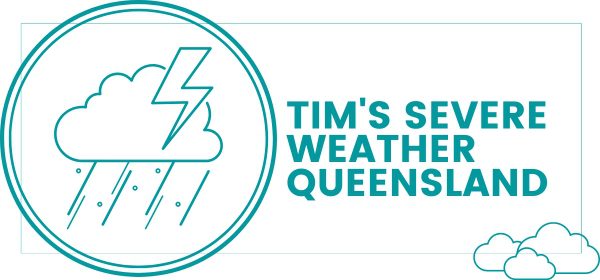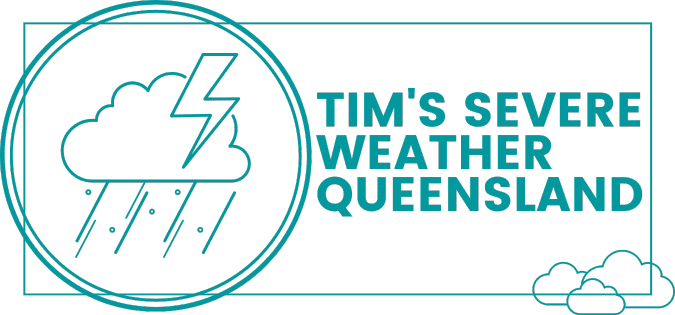Tropical Cyclone/Low Warnings, Technical Bulletins & Information For Queensland and New South Wales
Discover the latest Cyclone/Low Technical Bulletins & Information for Queensland and New South Wales. Get expert advice, tips, and FAQs on cyclones and low-pressure systems.
What Are Cyclone/Low Warnings, Technical Bulletins & Information?
Cyclone and low-pressure system technical bulletins and information are critical resources issued by meteorological agencies to provide updates, forecasts, and warnings about cyclones and low-pressure systems. In Queensland and New South Wales, these bulletins are particularly important due to the region’s vulnerability to tropical cyclones and other severe weather events.
Why Are They Important?
- Safety: They provide essential information to help people prepare for and stay safe during cyclones and low-pressure systems.
- Awareness: They increase public awareness of potential risks and help communities make informed decisions.
- Preparedness: They assist emergency services and authorities in planning and responding to cyclones and low-pressure systems effectively.
- Education: They educate the public about cyclone formation, behaviour, and safety measures.
Where to Find Cyclone/Low Technical Bulletins & Information?
Meteorological agencies such as the Australian Government Bureau of Meteorology provide these bulletins and information online. You can access them through their websites or specialized weather apps.
How Often Are They Updated?
These bulletins are usually updated regularly, especially when there is an active cyclone or low-pressure system. Updates can occur multiple times a day to provide the latest information and forecasts.
What Information Does a Tropical Cyclone Warning or Technical Bulletin Contain?
Cyclone and low-pressure system technical bulletins typically include:
- Location: The current position of the cyclone or low-pressure system.
- Intensity: The strength of the cyclone or low-pressure system, often indicated by wind speed and central pressure.
- Movement: The direction and speed at which the cyclone or low-pressure system is moving.
- Forecast Track: The predicted path of the cyclone or low-pressure system over the coming days.
- Hazards: Potential impacts such as strong winds, heavy rain, and storm surges.
- Safety Advice: Recommendations for the public on how to stay safe.
How Can You Use This Information?
- Stay Informed: Regularly check for updates and follow the advice of local authorities.
- Prepare: Make sure you have a cyclone preparedness plan in place, including emergency supplies and a safe shelter.
- Act Early: If advised to evacuate, do so promptly to ensure your safety and that of others.
FAQ
Q: How often are cyclone technical bulletins updated?
A: Cyclone technical bulletins are updated regularly, especially during active cyclones, often several times a day.
Q: Can I access Cyclone bulletins on my phone?
A: Yes, meteorological agencies often provide apps that allow you to access cyclone bulletins and information on your phone.
Q: What should I do if a cyclone is approaching?
A: Follow the advice of local authorities, which may include seeking shelter in a secure location and stocking up on essentials.
Q: Are cyclone bulletins and warnings the same thing?
A: Bulletins provide detailed information about the cyclone, while warnings are issued to alert people of potential dangers.
Q: How accurate are cyclone forecasts and warnings?
A: Cyclone forecasts are based on the best available data and models, but conditions can change rapidly, so it’s essential to stay updated.
Q: What is the difference between a cyclone and a low-pressure system?
A: A cyclone is a rotating storm system with low pressure at its centre, while a low-pressure system is an area of low pressure in the atmosphere.
Q: Can cyclones form in any season?
A: Cyclones are more likely to form in the warmer months when sea surface temperatures are high, typically between November and April in Australia.
Q: Are there different categories of cyclones?
A: Yes, cyclones are categorized based on their wind speeds, with Category 5 being the most severe.
Advice & Actionable Tips
- Stay Alert: Keep an eye on weather updates and warnings from official sources.
- Prepare Early: Have a cyclone preparedness kit ready with essential supplies.
- Follow Instructions: Heed advice from authorities and evacuate if necessary.
- Stay Informed: Use reputable sources for weather information and updates.


